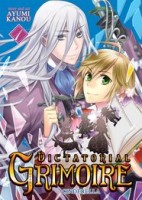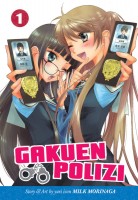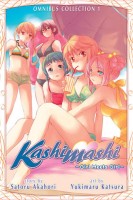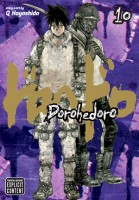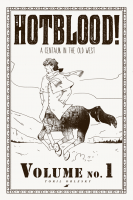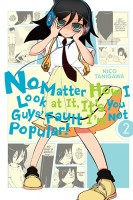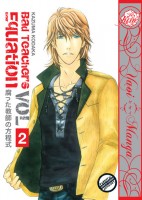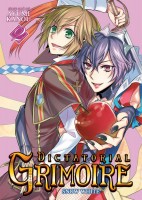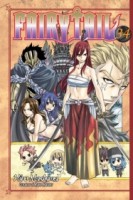And the winner of the Seven Seas Sampler manga giveaway is…Karen Swartz!
As the winner, Karen will be receiving A Centaur’s Life, Volume 1 by Kei Murayama; Dictatorial Grimoire, Volume 1: Cinderella by Ayumi Kanou; Gakuen Polizi, Volume 1 by Milk Morinaga; and Kashimashi: Girl Meets Girl, Omnibus 1 written by Satoru Akahori and illustrated by Yukimaru Katsura. Over the last couple of years, Seven Seas has really taken off, adding more licenses than ever before and diversifying its catalog. So, for this giveaway, I asked people tell me a little about some of their favorite manga released by Seven Seas. I’ve compiled a list below (those with an asterisk were mentioned by more than one person), but be sure to check out the Seven Seas Sampler comments for more details.
Some favorite Seven Seas titles:
Afro Samurai by Takashi Okazaki
Alice in the Country of created by Quin Rose
Amazing Agent Luna written by Nunzio DeFillippis, Christina Weir, illustrated by Shiei
Blood Alone by Masayuki Takano
Boogiepop created by Kouhei Kadono
A Centaur’s Life by Kei Murayama
A Certain Scientific Railgun written by Kazuma Kamachi, illustrated by Motoi Fuyukawa
Citrus by Saburouta
*D-Frag! by Tomoya Haruno
Dance in the Vampire Bund by Nozomu Tamaki
*Devils and Realist written by Utako Yukihiro, illustrated by Madoka Takadono
Dragonar Academy written by Ran, illustrated by Shiki Mizuchi
Freezing by Kwang-Huyn Kim
Gakuen Polizi by Milk Morinaga
*Girl Friends by Milk Morinaga
*Gunslinger Girl by Yu Aida
*Haganai: I Don’t Have Many Friends written by Yomi Hirasaka, illustrated by Itachi
Haven’t You Heard? I’m Sakamoto by Nami Sano
Hayate X Blade by Shizuru Hayashiya
Inukami! written by Mamizu Arisawa, illustrated by Mari Matsuzawa
Kisses, Sighs, and Cherry Blossom Pink by Milk Morinaga
Kokoro Connect written by Sadanatsu Anda, illustrated by CUTEG
*Lizzie Newton: Victorian Mysteries written by Hey-jin Jeon, illustrated by Ki-ha Lee
Love in Hell by Reiji Suzumaru
*Lucifer and the Biscuit Hammer by Satoshi Mizukami
Magical Girl Apocalypse by Kentaro Sato
Strawberry Panic written by Sakurako Kimino, illustrated by Takuminamuchi
*Toradora! written by Yuyuko Takemiya, illustrated by Zekkyou
Witch Buster by Jung-man Cho
*Young Miss Holmes by Kaoru Shintani
Zero’s Familiar written by Noboru Yamaguchi, illustrated by Nana Mochizuki
Thank you to everyone who participated in the giveaway and shared some of your favorites; I hope to see you all again for the next one!


